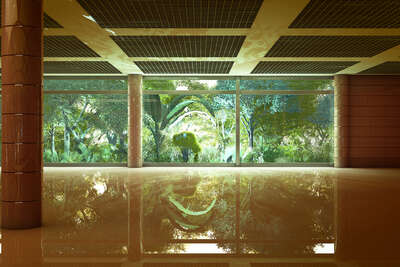
Buy Geometric Photo Art online
Deceptively simple in its use of clean lines and defined shapes, geometric art has a unique and highly original. Learn more about the history and pioneers of modern geometric art here and find the perfect geometric artwork for your home!




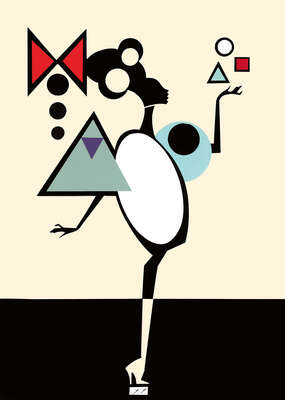

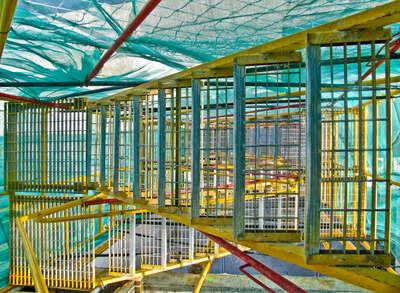

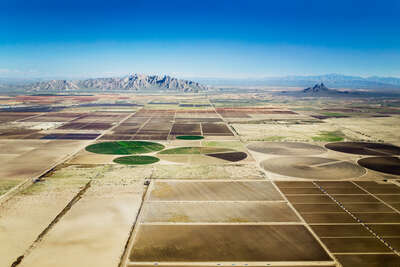

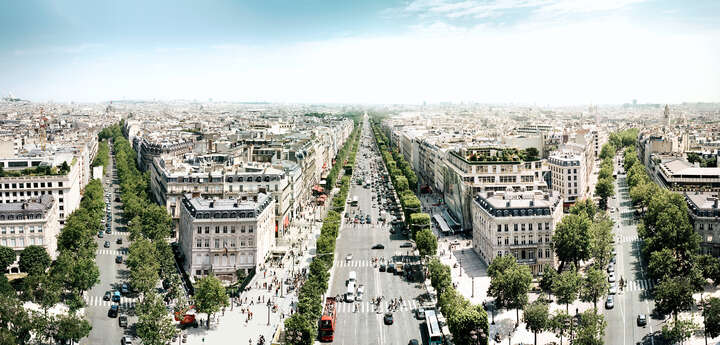
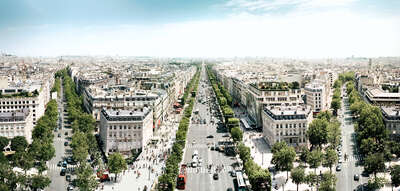
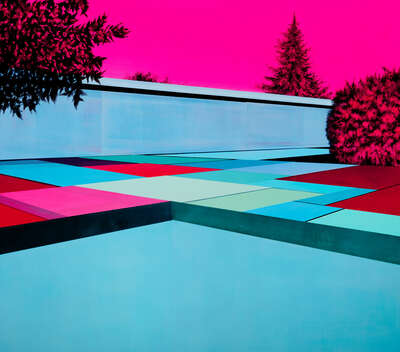

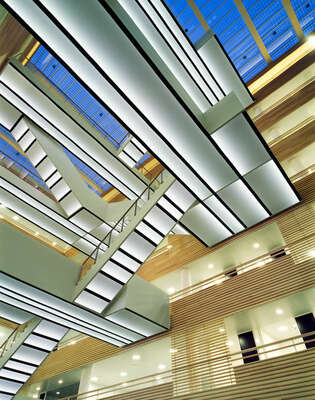

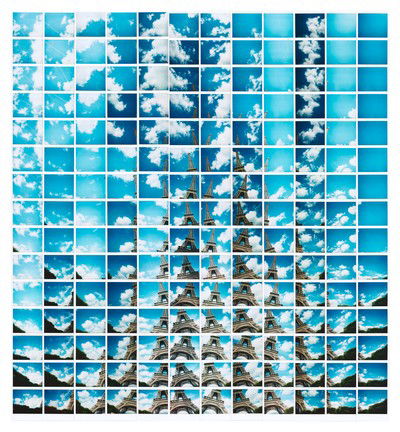

Using precise geometric shapes to create art is one of the most widespread artistic techniques in human history. In the early 20th century, a new wave of abstract and cubist painters revolutionized the art world by making geometric shapes the subject of their art, rather than merely a component.
The pioneering abstract artist Wassily Kandinsky saw art as a spiritual discipline, finding deeper meaning and hidden depth in the simple shapes and colors of his works. Kandinsky’s influence soon spread throughout Europe, as scores of emerging artists found ever more innovative artistic uses for precise lines and mathematical techniques.
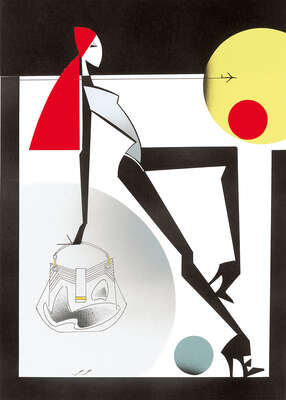

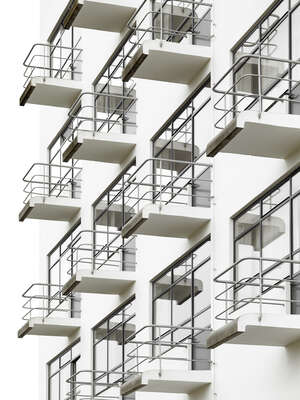

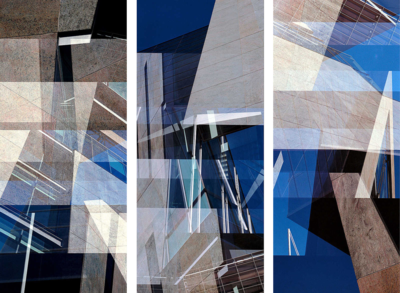

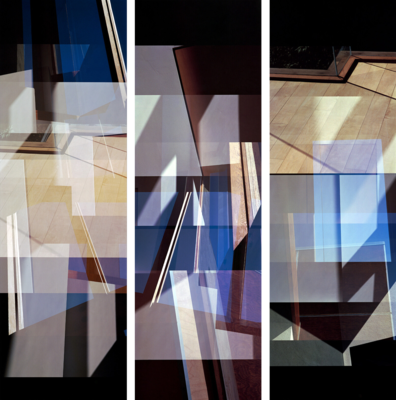


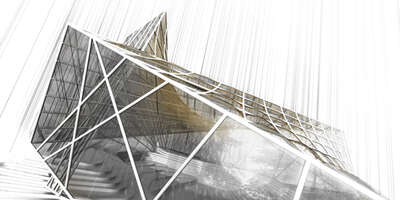
Geometric Architectural Photography
Perhaps most notable was the use of geometric abstraction in architecture. As European cities began to rebuild in the aftermath of the Second World War, bold new architectural styles, urban planning concepts and social designs were conceived and implemented across the continent.
The opulence of Art Deco was usurped the stark, minimal styles made possible by new building techniques and materials. The Bauhaus design school motto, “form follows function”, became an established dogma in everything from urban planning to interior design.
Artists previously associated with the European avant-garde, such as Anni & Josef Albers, promoted these ideas in North America to great success.
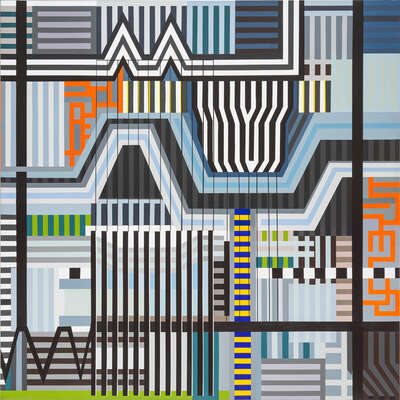



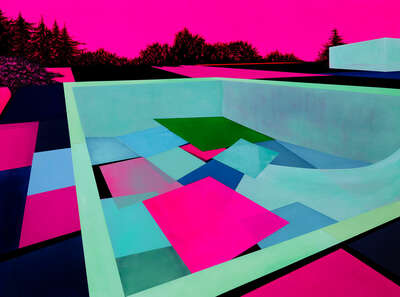

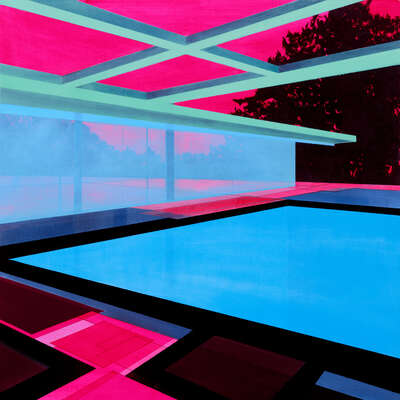

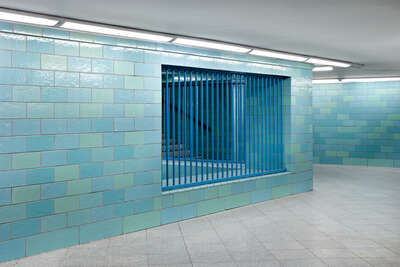

Mid-Century Modern Art and Design
Eventually, the growing popularity of geometric art helped to establish the broader genre of art, design and architecture termed “mid-century modern” – with many mass-produced furniture and ornaments bearing this signature look.
Today, vintage mid-century modern objects are highly sought-after. The ongoing influence of geometric art can still be seen in the clean lines of modern Scandinavian furniture.
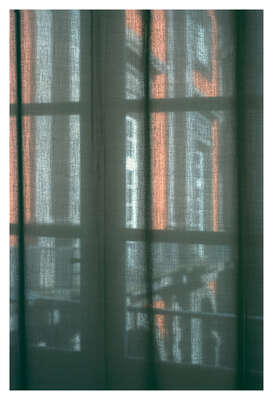

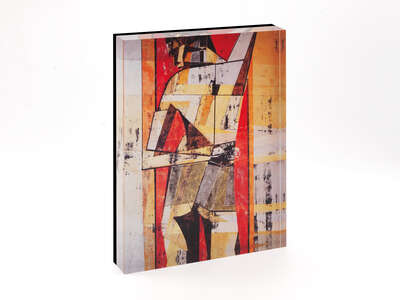

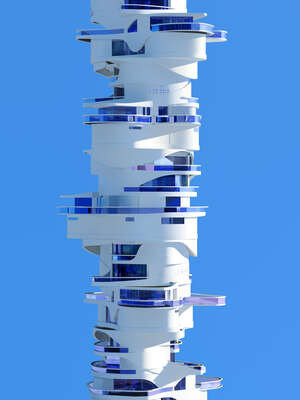

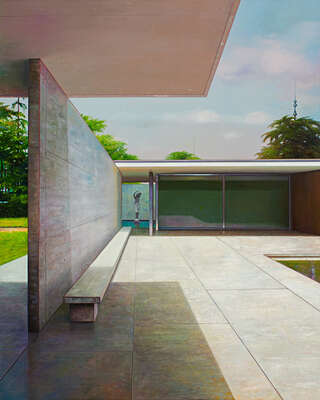

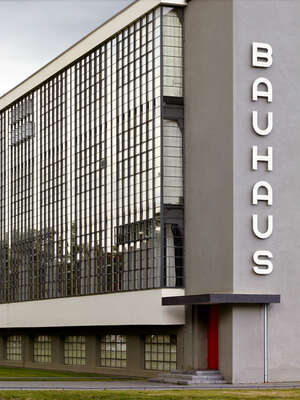

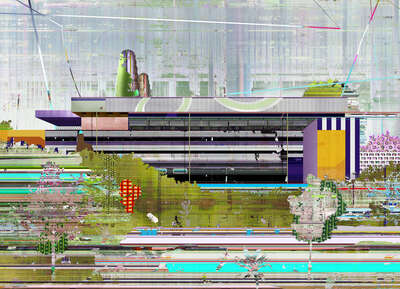

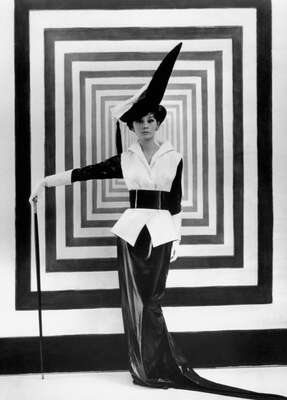

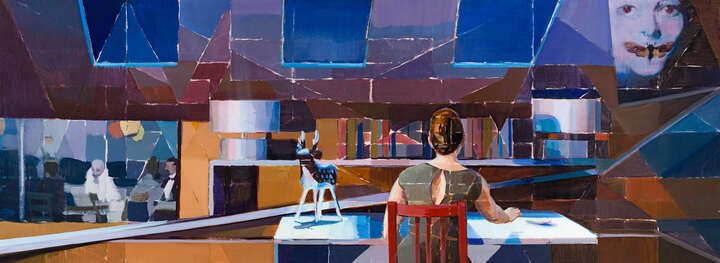

Decorating your home with Geometric Art
One of the first points to consider when buying a geometric artwork is how to display it in your home. Geometric art is more complex than it appears, for several reasons. While more pattern or design-based than traditional figurative art, geometric art can still command attention in a room. Furthermore, the guiding principle behind geometric and abstract art in the early 20th was that the works on the canvas embodied the idea of a quest of a deeper meaning, a reality than couldn’t be expressed through representation alone.
The orientation and positioning of geometric artworks within a room is particularly important, due to the strong emphasis on shape and line within the genre. A vertically oriented motif will draw attention upward, while a work with horizontally oriented lines can add the illusion of space in smaller rooms.
Consider the wider décor of the room itself. If you want to display a large statement artwork on one wall, make sure you hang the work somewhere where it has enough space to stand out.

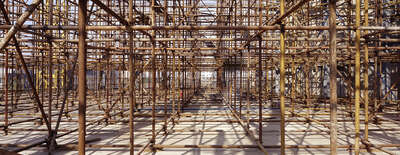
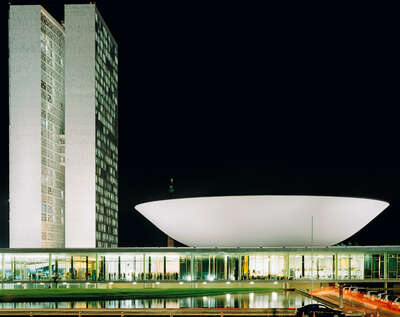



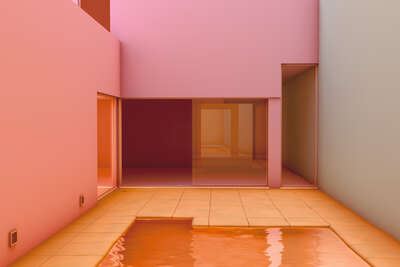

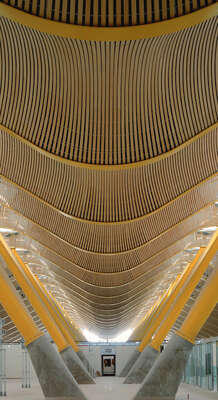

Contemporary Geometric Artists
Today, geometric art can encompass a wide range of styles, philosophies and artistic media. The minimalist geometric prints of Sarah Morris are works of pure abstraction, while photo artists Peter Stewart and José Manuel Ballester use photographs of real subjects including buildings, roads and people to create hypnotizing geometric tableaus which blur the line between figurative and abstract art.
Black-and-white geometric art is well suited as bedroom art, the subject, lighting and monochrome palette working together to create a sense of calm and serenity. All geometric works in the LUMAS portfolio have been specially selected for their beauty and originality. The surreal designs of 3deluxe and GRAFT, immediately command attention.
Aerial photography often approaches the point of abstraction, and plays with the definition of geometric photo art. Kevin Krautgartner and Tom Hegen photograph the earth from great heights, using man-made land features such as salt flats and tulip fields to create vast, graphic vistas that recall the aesthetics of the early 20th century geometric artists.
More Geometric Photography
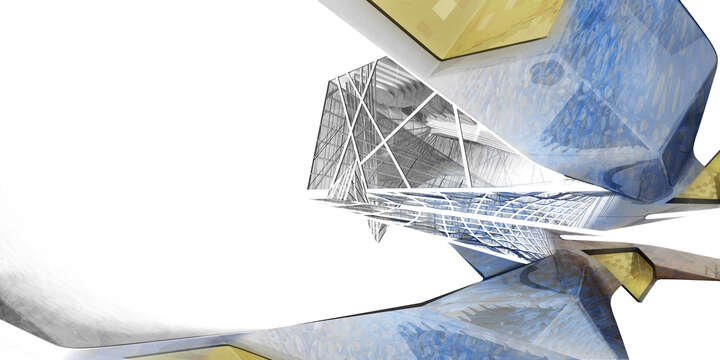
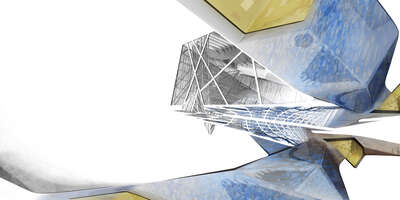


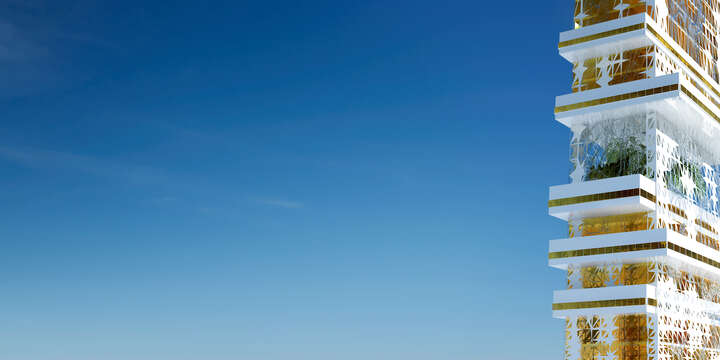
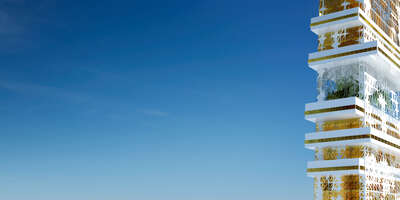
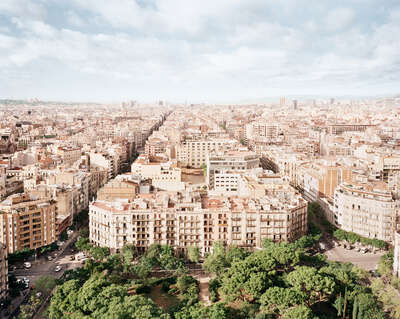



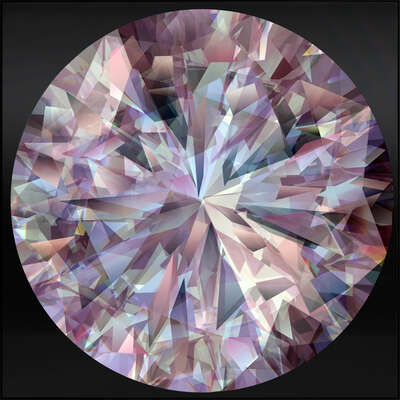



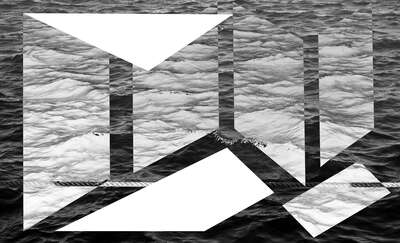

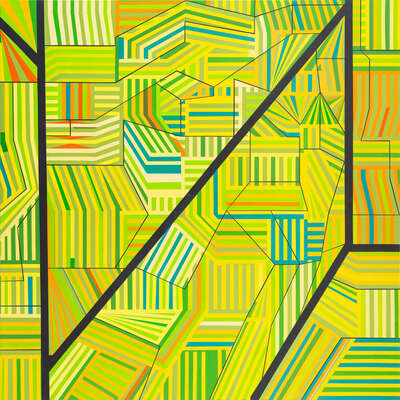

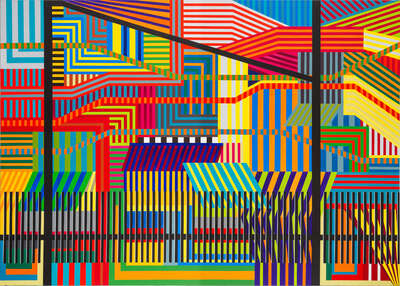

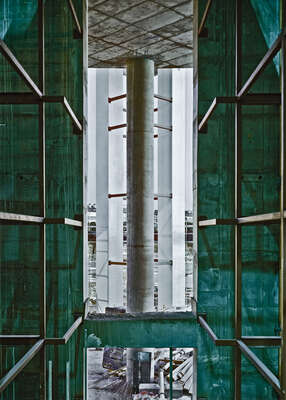

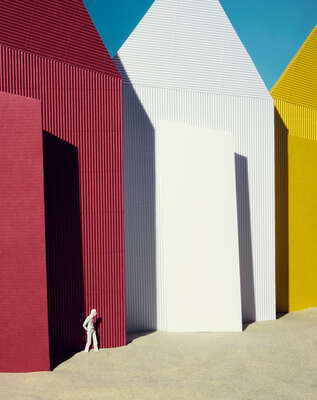

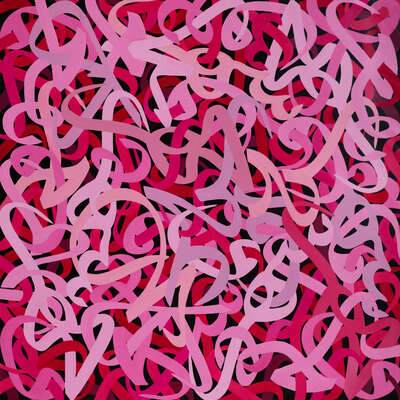



 No thanks, I would like to stay on this site.
No thanks, I would like to stay on this site. Yes, I would like to switch.
Yes, I would like to switch.